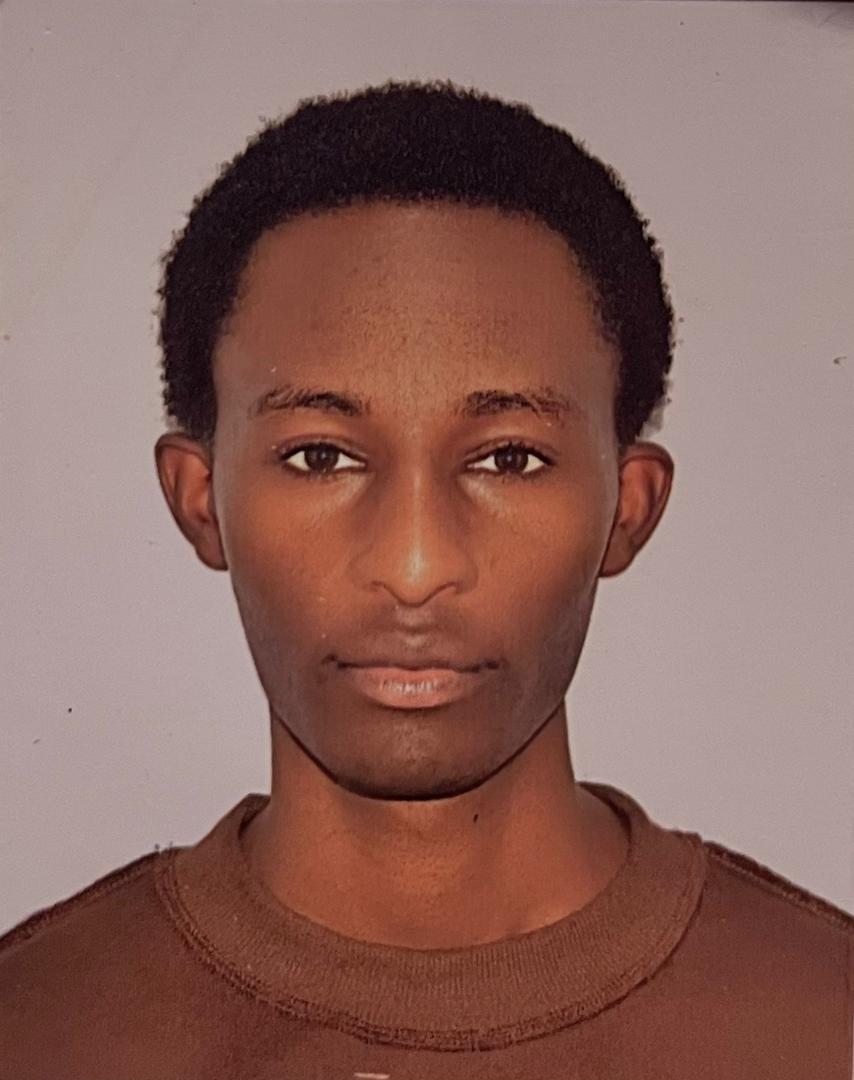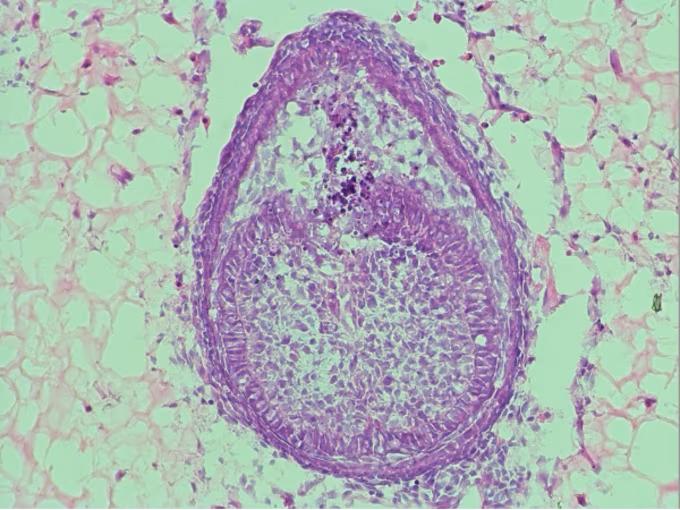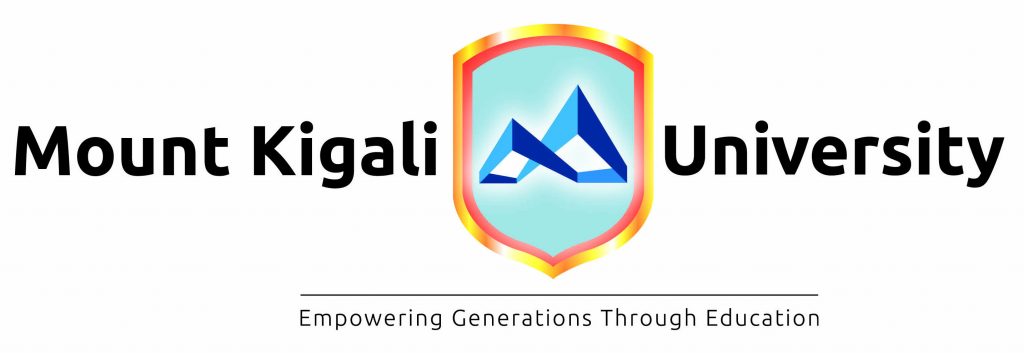A revolutionary step in regenerative dentistry is bringing the prospect of growing brand-new, natural teeth closer to reality. Instead of relying on traditional fillings or invasive implants, people may one day be able to regenerate their own teeth using their body’s biology.
Scientists from King’s College London and Imperial College London have achieved a breakthrough by figuring out how to guide human cells to grow into tooth tissue in the laboratory. The research centres on a new kind of biomaterial soft, gel-like structure designed to precisely mimic the natural environment where a tooth develops in the jaw. The biggest hurdle for scientists has been controlling the delicate, gradual growth process. In natural development, cells communicate through slow, steady signals.
Previous attempts to replicate this failed because the biological signals were released all at once. The researchers overcame this by designing a special scaffold within the biomaterial that releases these signals “bit by bit,” effectively guiding the dental cells through every stage of development and allowing them to “talk” to each other to build up a tooth-like structure.
A stronger, more biological solution
This breakthrough offers a potential solution that is far superior to current dental treatments. Traditional fillings often weaken the tooth structure over time, and implants require major surgery and are an artificial, fixed solution. The goal of this research is not simply to replace teeth, but to regrow them.
A lab-grown tooth, made from a patient’s own cells, could offer a more biologically compatible and durable option: it could grow naturally into the jaw and integrate seamlessly; it would have the ability to repair itself, functioning exactly like a natural tooth; and it would be stronger and less prone to rejection than current artificial methods.
What’s next for the technology
While the discovery is still in the early stages and has not yet moved to human trials, experts are calling it a major leap forward. The research team is now focused on finding the best way to get this technology from the lab into a patient’s mouth. This may involve transplanting young cells at the site of a missing tooth and allowing them to mature, or growing an entire, fully-formed tooth in the lab before implantation.
This discovery is a powerful example of how regenerative science is harnessing our own biological processes to fix what is broken, moving the dental field towards a future where healing is done through growing.





